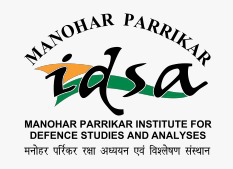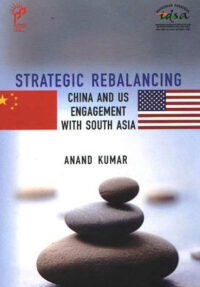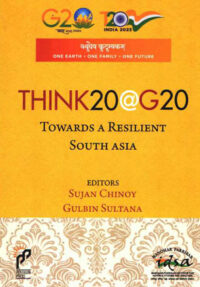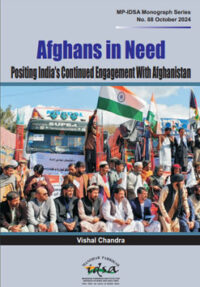Sheikh Hasina’s Regional Anti-Terror Task Force Unlikely to Takeoff
Counter-terrorism and elimination of religious extremism were important parts of Sheikh Hasina’s election manifesto. But the concern about terrorism is not limited to top Awami League leaders and is also felt by a major section of the Bangladesh public. Many supported the Awami League in the hope of reversing the rising trend of extremism and terrorism in the country. In her very first press conference after winning the elections, Sheikh Hasina stated that she will not allow the country's soil to be used by terror groups and proposed a joint task force in the subcontinent to tackle terror.
- Anand Kumar
- March 16, 2009












 The withdrawal of ceasefire announced by the Baloch nationalist groups in September 2008, saw a sudden spurt in casualties in Balochistan. During the month the incidents of violence increased to 430 from 388 in December 2008.
The withdrawal of ceasefire announced by the Baloch nationalist groups in September 2008, saw a sudden spurt in casualties in Balochistan. During the month the incidents of violence increased to 430 from 388 in December 2008. Although there was no movement of troops from the Western borders to the East, Pakistani security forces allowed vast tracts of land in FATA and Swat Valley go under the control of Taliban.
Although there was no movement of troops from the Western borders to the East, Pakistani security forces allowed vast tracts of land in FATA and Swat Valley go under the control of Taliban.

